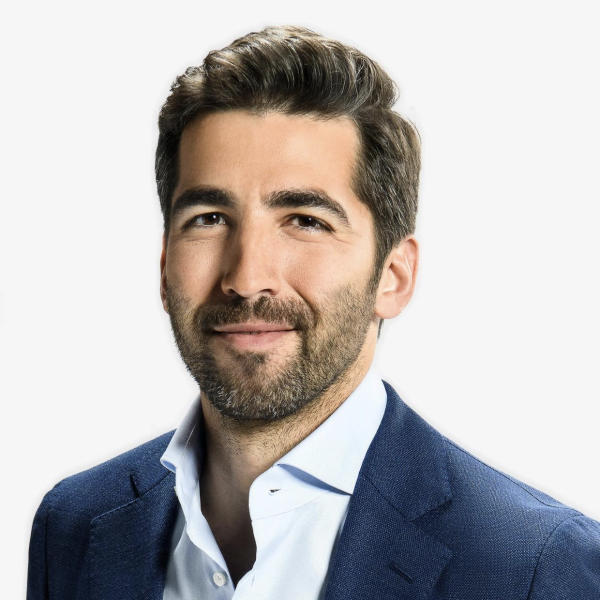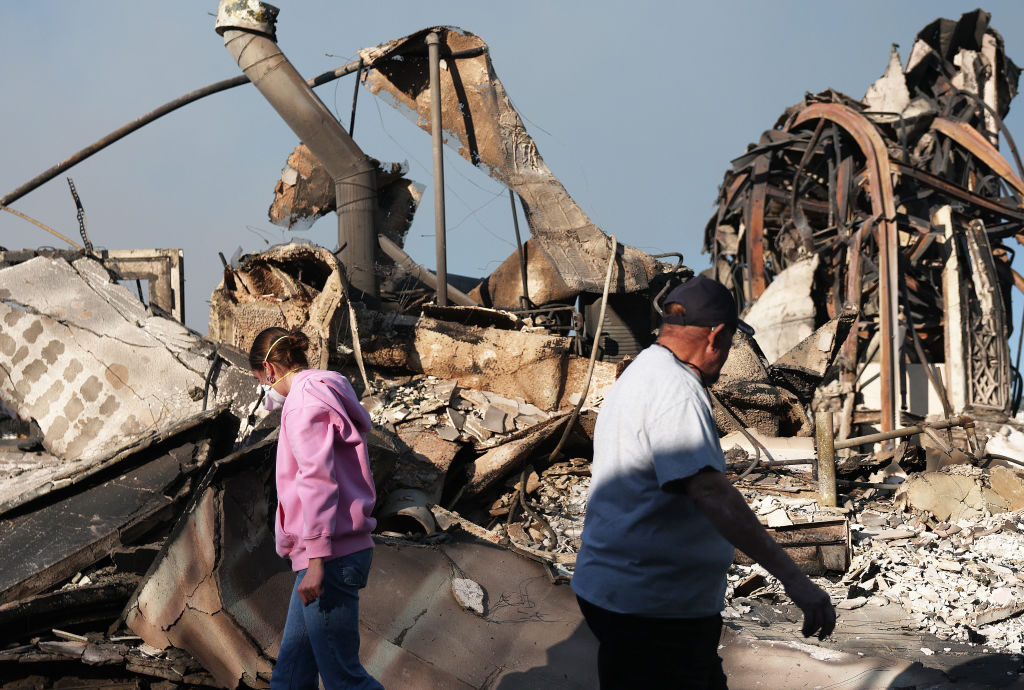Inside the testing site helping insurers and builders make homes that survive fires
For years, automakers and federal regulators have been working to make cars safer. But what about our homes?
In Richburg, South Carolina, a one-of-a-kind research facility is taking on that question.
The Insurance Institute for Business & Home Safety, funded in part by the insurance industry, builds homes and exposes them to simulated disasters like hurricanes, hail storms and wildfires to find out what makes one house survive while another is destroyed.
In one experiment, a six-story wall of fans generated 60 mile per hour winds, fueling a controlled fire ignited by engineer Anne Cope and her team. The targets are two small homes in testing grounds that Cope calls "The Neighborhood."
"The science that these tests bring us are — how, when, how fast and with what threat to the rest of the neighborhood do our homes burn," Cope said.
Insurance companies use the research to set coverage rates. The tests also drive fire code recommendations for policymakers, including what materials to use.
"We're doing the messy, destructive, hot, burning science so we can have that impact on the codes," Cope said.
Within 20 minutes, the structure built to current California code was fully engulfed. The home that survived was built to higher standards, with dual-paned tempered glass and boxed-in eaves to block out embers.
"If you do everything right, and your neighbor doesn't, it still fails," said Roy Wright, the institute's CEO.
Before his role at the facility, Wright worked at FEMA. He said while some local governments have been slow to take actions, some developers are stepping up. In Escondido, outside San Diego, a first-of-its-kind community is being built to standards set by the institute, at little to no extra cost.
"They're keeping 10 feet between each one of the structures. If one of them does get fully enveloped, we're giving the house next door a fighting chance to be able to survive," Wright said.
Insurance providers are taking notice. While many are pulling policies in California, homes like the ones in the Escondido community are getting coverage — in some cases at reduced rates.
From the ashes of a wildfire comes an opportunity: to rebuild and return to a much safer home.
"Everyone wants to get back into their neighborhood, everyone wants to go home," Cope said. "In this era, we need to make sure we're not only building structures to good code — we need to improve that code and we need to pay close attention to what we're inviting to be right next to that structure."






